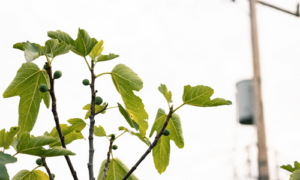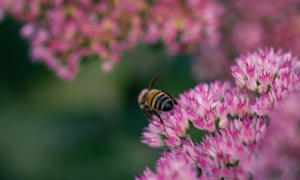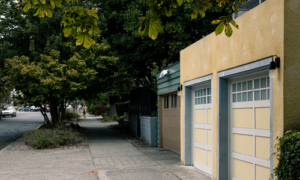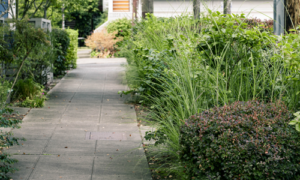Ribes bracteosum, the stink currant, is a species of currant native to western coastal North America from southeastern Alaska to Mendocino County in California. Ribes bracteosum is a deciduous shrub, without thorns, growing to 3 m (10 feet) tall. The leaves are 5-20 cm (2-8 inches) across, palmately lobed with 5 or 7 lobes. The flowers are produced in spring after the leaves emerge, on racemes 15-30 cm (6-12 inches) long containing 20-40 flowers; each flower is 5-10 mm (2-4 inches) in diameter, with five white or greenish-tinged petals. The fruit, born in clusters, is dark blue with a whitish bloom, edible but sometimes unpleasant. Description from Calscape
Home > Plant Guide >
Scientific Name
Family
Garden Type
Wildlife
Native Plant Region
Light needs
Water Needs
Plant Type
Bloom Color(s)
Height
Width
Months in Bloom
Safe Beneath Power Lines?

We’d like to maintain accurate and robust plant listings. If you see information that is not correct or that could be added to improve the listing, please let us know. Or if you’d like to suggest a plant to add to our plant guide, you can use this form do so. Thank you!

Look closer…and meet the local insects that pollinate the plants around your Seattle neighborhoods. Learn about some of our amazing native pollinating insects.

Learn about the diversity in pigeon populations in the United States and the implications of this variability on the species.

This workshop will guide you through the process and materials needed to help you decide if Mason Bees are right for you and your garden, whether you have a small deck or an open garden.

Take a virtual tour of Capitol hill with naturalist and author David B. Williams and gain a new appreciation of the nature of the city and its wild side.

Do you want to plant a tree, create butterfly habitat, or start a vegetable garden but don’t have a yard? Learn how planting strips are a great place to start your own garden!

Learn about diversifying the way architecture is taught and practiced from designers of color.
Nature of Your Neighborhood is a collaboration between Birds Connect Seattle, the Capitol Hill EcoDistrict, and the Seattle Bird Conservation Partnership. Our goal is to foster relationships between the people and the nature of their neighborhoods.